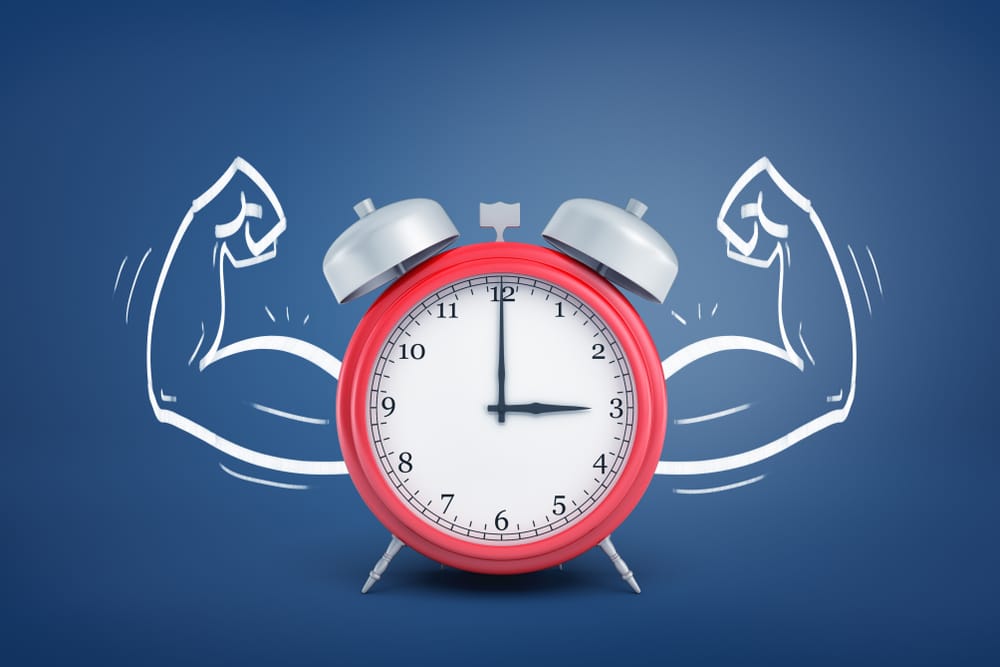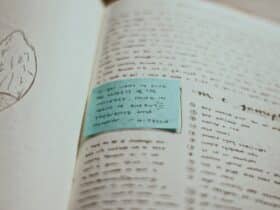Last month, a friend was asking me about finding the right time when you’re in the mood to do certain tasks. He said, “many things on my todo list are hard to schedule because they are easier if I’m in a certain mood.”
After our conversation, I came to the conclusion that working around mood is a sneaky form of procrastination. And if you have a lot of work, it just needs to get done.
The solution is to schedule the work for a specific time, regardless of your mood.
Preclude Procrastination with Power Hours
J.D. Meier of Sources of Insight coined the term Power Hour. It means scheduling your peak hours to batch your work and focus to get it done. In your Power Hour, you eliminate distractions so you can get “in the zone.” Why does this matter?
This technique has two benefits. First, it increases your efficiency. The normal mode of modern office work is multitasking in an environment full of distractions. It’s well documented by now that multitasking reduces productivity. Power hours remove distractions and multitasking, so all of your time goes to accomplishing your goal.
The second benefit is that it does an end run around procrastination. It tricks your brain into sitting down and doing the work. It doesn’t matter what mood you’re in. You’ve made an appointment with yourself to complete some particular work, and you keep that appointment. Now, what is the best work to do in your scheduled time?
At first, you use Power Hours to batch admin tasks or to claim time for something that keeps getting put off. Eventually, you can get consecutive hours of focus time that let you get to deep work.
So what do Power Hours look like?
The Power Hour Formula
Here’s how to have an hour of focused work. The first step is to claim it on your calendar so that no meetings get scheduled over your focus time. Next, decide specifically what work you will do during that hour. Prepare everything you need, so that when the hour starts, you’re ready to work.
Then, when it’s time for your Power Hour:
- Remove all distractions. Work away from your computer if possible, or close your email and all unnecessary tabs and windows. Put your phone on do not disturb. Close your door, put on your headphones, or do anything necessary to signal to others to let you work.
- Set a timer. The timer is your trigger when you get distracted to remember to go back to your task until the time is up. I use a pomodoro timer.
- Work until the time is up or you complete your task.
After you master the Power Hour, you can proactively schedule blocks of project work. But, rather than forcing yourself to do focus work at an arbitrary time, there are optimal times when you can focus best.
How to Find Your Best Focus Times
You may already have a sense of a time that works for you. One that works for many people is the first work hour in the morning, before anyone else is in the office. The most important factor is that you can work uninterrupted.
There are also times when you naturally have more mental energy. You can run a simple experiment to find those times.
Your experiment can be as intuitive or scientific as you like. Here’s a suggestion:
- Start with an hour that you suspect will work for you.
- Block it off your calendar.
- Plan what work you will do during that hour.
- Prepare everything you need, so that when the hour starts, you’re ready to work.
- Set a timer and complete your hour (or your task), per the Power Hour Formula above.
- After your Power Hour, write down what happened.
- Was it easy or hard to get started?
- How easy was it to get into or stay in the zone?
- How was your energy, and was that related to what you ate 1-2 hours before?
- Did you get interrupted?
- If you were doing something measurable, quantify the results (e.g., words written, emails processed).
- Schedule another block of time for a different day.
- After a week of experimenting, review your notes.
- Pick your best hour and block it on your calendar as a repeating event.
How many Power Hours can you do?
If you have been working like the vast majority of people, with one eye on your email and one ear to your phone, then concentrating for an hour will take effort. Adding just one Power Hour to your week will start to train your brain to focus. You’ll start to notice that the temptation to switch to your email or check your phone diminishes over time.
You can even build up to a few focus hours per day. J.D. Meier reports that he aims for 4 hours. I’ve found my upper limit to be about the same – usually three hours in the morning and one after lunch.
***
This week I got a follow up email from my friend, who came up with an idea to combat procrastination. “Schedule time and set up systems so that you’re forced to devote attention to the issue regardless of how you feel.” If you do that enough, he said, you’ll “train yourself to increase how often you feel like doing a certain type of work.” I couldn’t agree more.


















